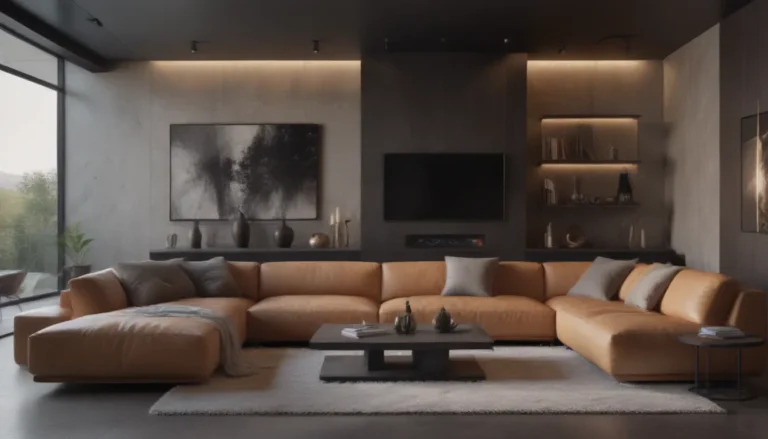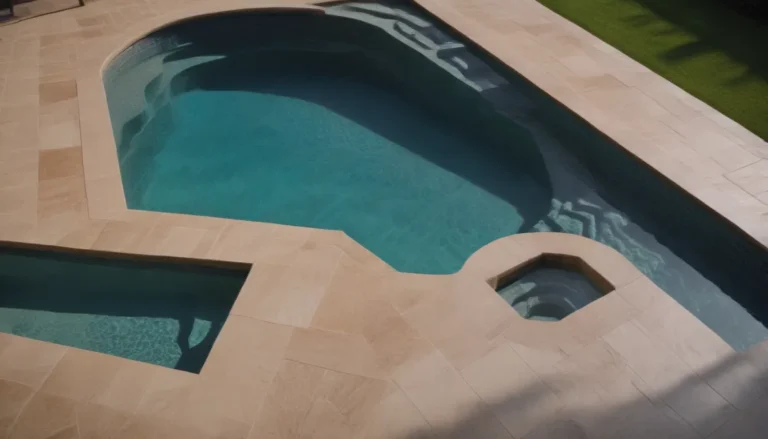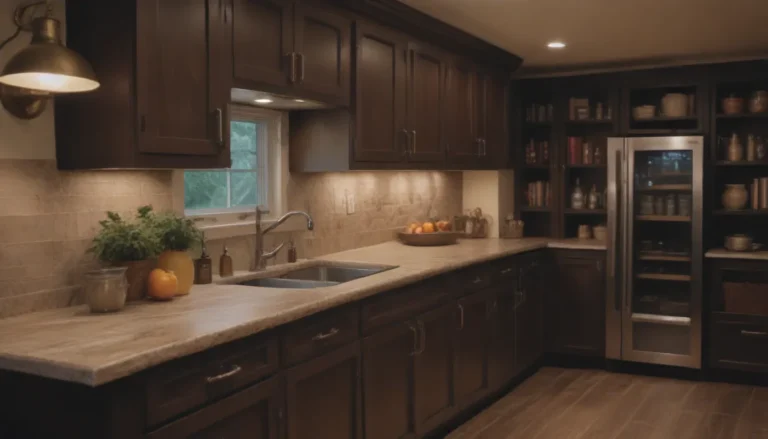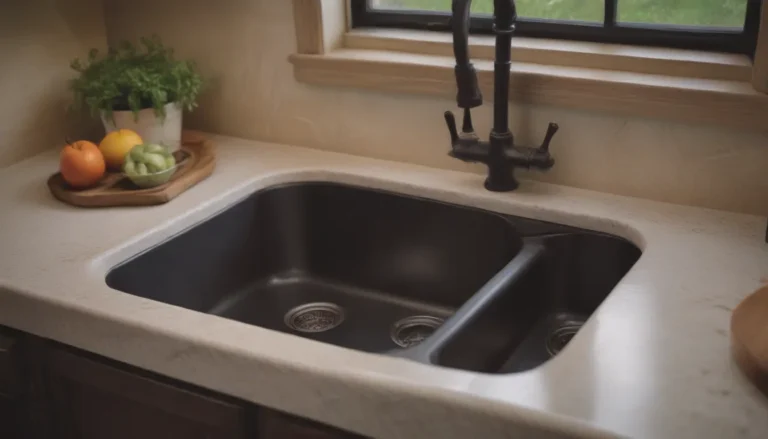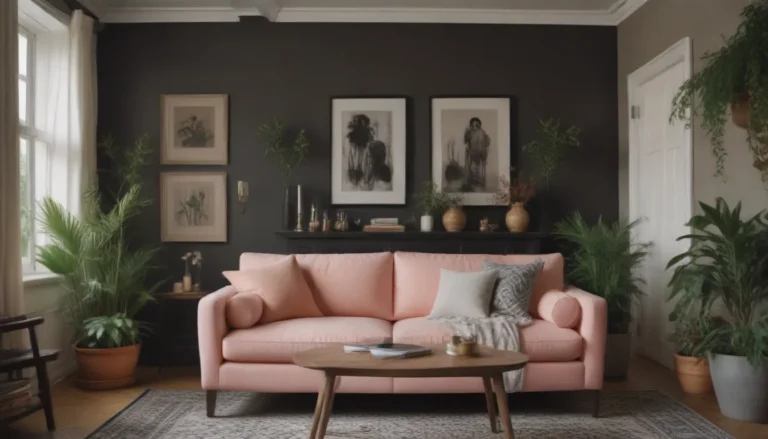The Art of Feng Shui Design: Enhancing Your Spaces with Balance and Harmony
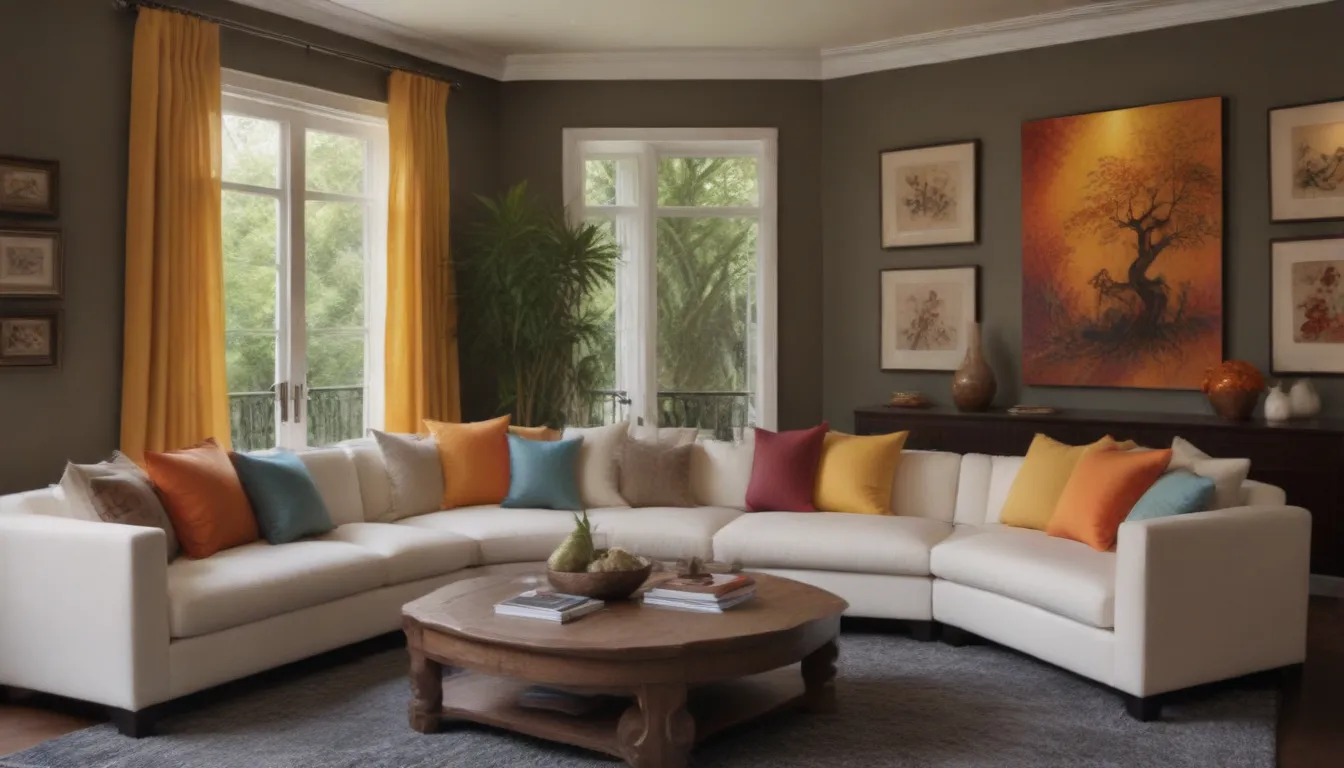
Are you curious about feng shui design and how it can transform your living or working environment? You may have heard about feng shui in passing, associating it with lucky bamboo plants or water fountains, but there is so much more to this ancient practice than meets the eye. In this comprehensive guide, we will delve into the depths of feng shui, exploring its history, principles, and practical applications to create spaces that nurture and support us in our daily lives.
Uncovering the Roots of Feng Shui
Feng shui has its origins in ancient China, dating back to a time before the magnetic compass existed. This practice was originally based on astronomy, using celestial observations to understand the relationship between humans and the natural world. The term “feng shui” itself is derived from the Chinese words “feng” meaning wind and “shui” meaning water. These elements symbolize the essential connection between humans and nature, highlighting the importance of living in harmony with our surroundings.
Incorporating feng shui principles into our spaces allows us to tap into the flow of qi, or life force energy, and align ourselves with the rhythms of the universe. By embracing the teachings of feng shui, we can create environments that support our well-being and enhance our overall quality of life.
Connecting with Nature through Feng Shui Design
Imagine yourself surrounded by the hustle and bustle of a bustling cityscape, with towering skyscrapers and noisy streets. Now, contrast that with the serene tranquility of a secluded beach, where the sun radiates warmth and the ocean stretches out before you. These contrasting environments evoke different feelings and energies within us, underscoring the profound impact that our surroundings have on our mental, emotional, and physical well-being.
In today’s fast-paced world, where stress and distractions abound, our homes should serve as sanctuaries that offer solace and rejuvenation. Feng shui provides us with the tools to create harmonious spaces that resonate with our inner selves and promote a sense of balance and tranquility. By cultivating mindfulness of our surroundings and paying attention to the details of our environment, we can begin to transform our spaces into havens of comfort and positivity.
Unlocking the Secrets of Feng Shui Practice
At the heart of feng shui design are two core principles: the bagua energy map and the five elements. These foundational concepts guide us in understanding the energy flow within our spaces and aligning ourselves with the natural world.
The Bagua Energy Map
The bagua energy map is a symbolic representation of eight areas that correspond to different aspects of our lives, such as career, relationships, and wealth. Each area is associated with specific qualities, colors, elements, and symbols that influence the energy flow within a space. By overlaying the bagua map onto our floor plans or property layouts, we can identify areas that may require attention and enhancement to promote harmony and balance in our lives.
The Five Elements in Feng Shui
The five elements—earth, metal, water, wood, and fire—play a crucial role in feng shui practice, representing the fundamental building blocks of the universe. Each element possesses unique characteristics and associations with specific bagua areas, colors, and seasons. By incorporating the five elements into our spaces and harmonizing their energies, we can create environments that support our physical, emotional, and spiritual well-being.
Practical Steps to Implement Feng Shui Design
Now that we have explored the key principles of feng shui, how can we begin to incorporate these concepts into our environments? Here are some practical steps to help you get started:
Mindful Assessment
- Take the time to slow down and observe your home or workplace.
- Ask yourself how your environments make you feel and how you feel in those spaces.
- Reflect on areas of your life that may be out of balance and consider what changes you would like to make.
Working with the Bagua Map and Five Elements
- Study the bagua energy map and identify areas that resonate with your goals and intentions.
- Explore the five elements and their corresponding qualities to determine how you can integrate them into your spaces.
- Make small adjustments based on your observations and monitor how these changes impact your daily experiences.
By approaching feng shui design with mindfulness and intention, you can begin to create spaces that support and enrich your life. Whether you seek to enhance your relationships, cultivate abundance, or promote personal growth, feng shui offers a holistic approach to harmonizing your surroundings with your inner self.
Embracing the Wisdom of Feng Shui
In a world filled with noise and distractions, the practice of feng shui reminds us of our intrinsic connection to the natural world. By aligning ourselves with the flow of qi and embracing the principles of balance and harmony, we can create environments that nurture and sustain us in our daily lives.
So, why not take a step towards transforming your spaces with the timeless wisdom of feng shui? By infusing your environments with intention and positive energy, you can create a haven that supports your well-being and fosters a sense of peace and serenity. Let the art of feng shui guide you on a journey of self-discovery and renewal, as you harmonize your inner world with the outer world around you.
